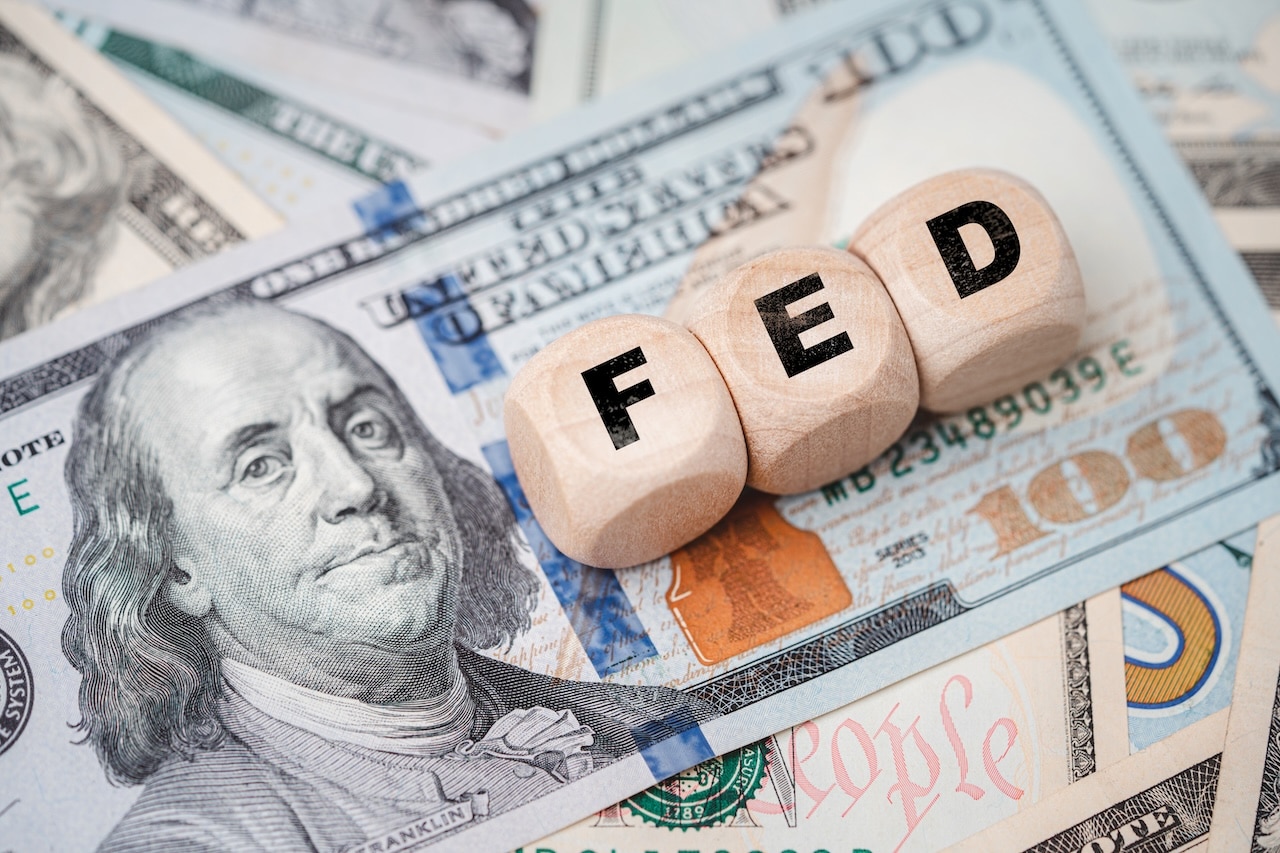Credit Sesame’s personal finance weekly news roundup June 3, 2023. Stories, news, politics and events impacting the personal finance sector during the last week.
- House and Senate pass debt ceiling bill
- Job growth has a surprisingly strong month
- Over one-third of bank customers have been fraud targets
- Banks show strength despite continued deposit flight
- Debt ceiling dogfight erodes consumer confidence
- European inflation eases
- Consumer defaults on the rise
- Credit union debt balances up sharply
1. House and Senate pass debt ceiling bill
An agreement between President Joe Biden and House Speaker Kevin McCarthy to suspend the debt ceiling passed easily through both the House and Senate. Passage occurred in plenty of time for Biden to sign the bill well before the June 5 deadline by which it was estimated that the U.S. Treasury would run out of funds. The bill limits federal spending without cutting military, Social Security or Medicare budgets. The debt ceiling has been eased until January of 2025, which will allow the government to avoid going through this exercise again next year. See article at Yahoo.com.
2. Job growth has a surprisingly strong month
The U.S. economy gained 339,000 jobs in May, according to the Bureau of Labor Statistics. This is close to matching the average monthly job gain of 341,000 over the past 12 months, and marks the best month for employment since January. In addition to May’s high number of new jobs, employment estimates for March and April were revised upward. That means those months were better than previously thought. The strong showing occurred despite continued predictions from economists that hiring would slow. See article at BLS.gov.
3. Over one-third of bank customers have been fraud targets
A new J.D. Power study found that 36% of bank customers have experienced fraud within the past year. The types of financial fraud involved included unauthorized credit or debit card usage, scams involving peer-to-peer payment systems like PayPal or Venmo, and getting fooled into sending money to someone under false pretenses. Bank customers under the age of 40 are especially likely to have been victims of such fraud, with 50% of that demographic having experienced it within the past 12 months. See report at JDPower.com.
4. Banks show strength despite continued deposit flight
An FDIC report showed that banks lost deposits during the first quarter of 2023, but also showed signs of resilience. The bad news was that total deposits declined by 2.5% in the quarter. That represented $472 billion in deposit outflows, the largest-ever drop in deposits according to FDIC records that go back to 1984. The decline was due to the flight of uninsured funds in the wake of recent banking failures, as insured deposits actually increased by $255.1 billion. Bank profits remained flat despite the industry’s recent troubles, and at relatively high levels. However, there are now 43 institutions on the FDIC’s “bank problem list.” See article at Reuters.com.
5. Debt ceiling dogfight erodes consumer confidence
While President Joe Biden and House Speaker Kevin McCarthy arrived at a deal to raise the debt ceiling, a survey showed the damaging impact of the sustained threat to default on the nation’s debt. A widely-followed University of Michigan consumer sentiment survey found that confidence dropped by 7% this month. Consumer confidence figures had been recovering steadily since reaching a record low last June, but this month’s setback erased half of that recovery. See article at PYMNTS.com.
6. European inflation eases
In the latest sign that inflation around the globe is coming down, year-over-year inflation among the 20 euro zone nations declined to 6.1% in May, after being 7.0% in April. The decline was even better than economists expected, which was for a 6.3% inflation rate. Inflation in the U.S. remains lower than in Europe. The latest year-over-year number (through April) for the Consumer Price Index is 4.9%. See article at Reuters.com.
7. Consumer defaults on the rise
A VantageScore analysis of credit trends shows rising delinquency rates by consumers in general, with the sharpest rise occurring among subprime borrowers. The percentage of subprime borrowers who were between 30 and 59 days late with a payment rose by 20% from April of 2022 to April of 2023. The average balances owed by consumers also rose in April. New credit accounts increased across a range of products, showing lenders are still willing to take on new customers. Going forward though, rising delinquency rates could make credit tougher to get and more expensive, especially for consumers with lower credit scores. See press release at VantageScore.com.
8. Credit union debt balances up sharply
A TransUnion report on consumer borrowing from credit unions found the total amount owed rose significantly in the second quarter of 2023. Mortgage debt experienced the most modest year-over-year increase at 12%. Home equity lines of credit (HELOCs) had the highest rate of increase, with a 39% year-over-year rise in the amount owed. In terms of new accounts, mortgage originations declined by 33% from a year earlier, reflecting the impact of sharply higher mortgage rates. Auto loan and credit card originations were roughly flat, while new personal loan accounts rose by 12% and new HELOC accounts by 13%. See details at TransUnion.com.




















